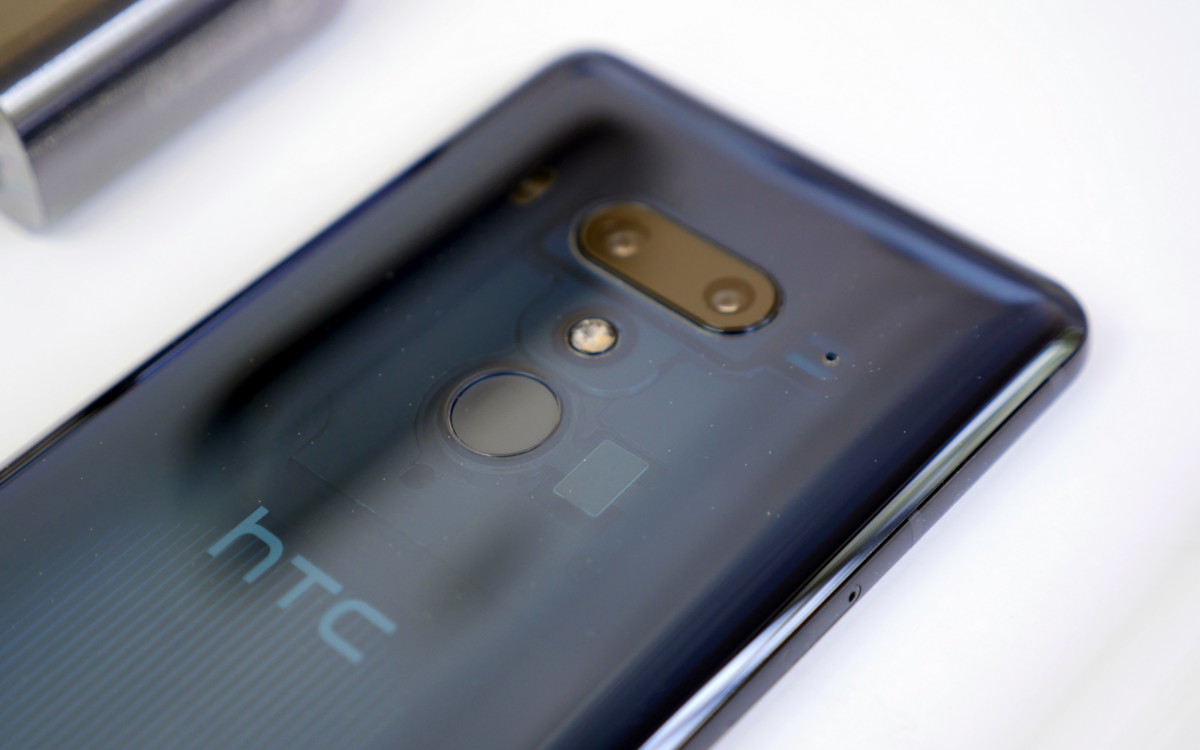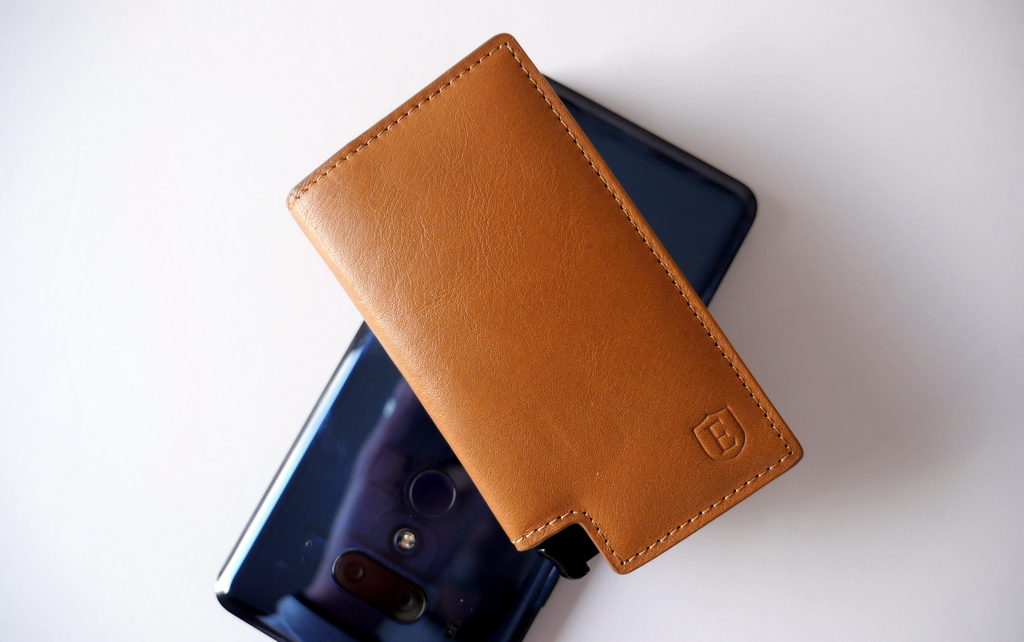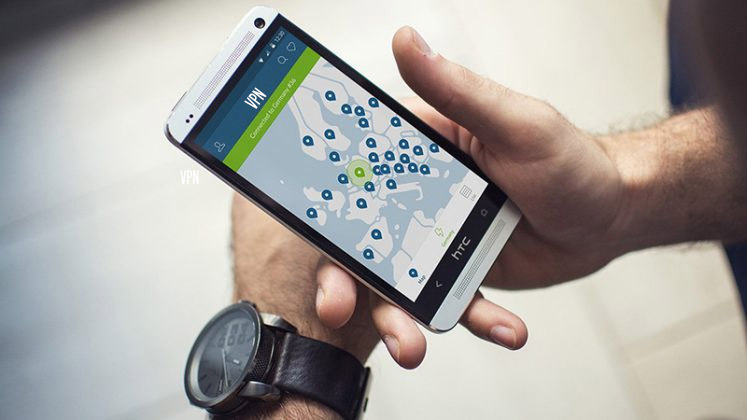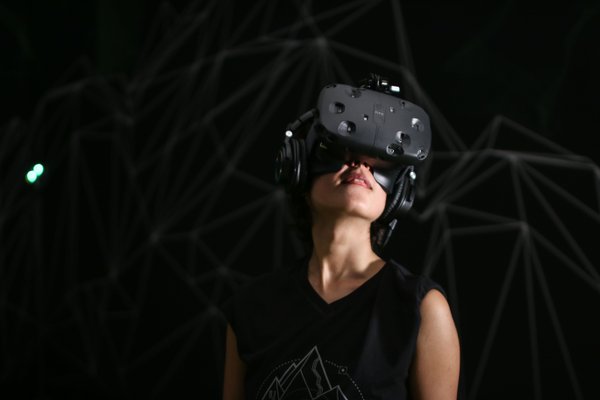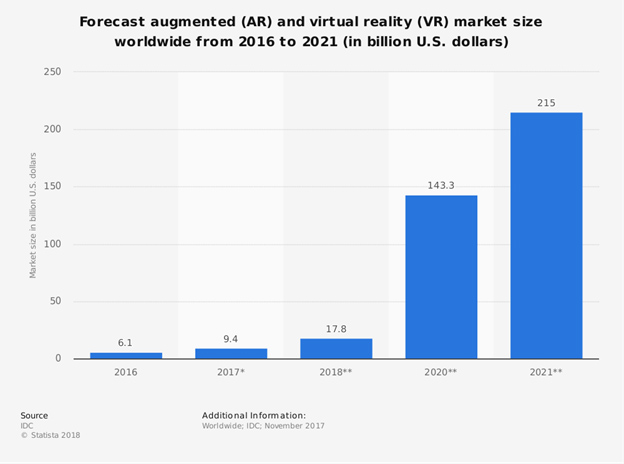In the last six years, we’ve seen the VR genre come on in leaps and bounds. The tech has improved, and tons of games have come onto the market, but perhaps the most significant change has been one of price point. A tech that was once thought of as unattainable for the general public is now very much within our reach. Sure, it’s not cheap, but when we consider the money we spend on smartphones, it’s relatively affordable.
And what about the gameplay? While many saw the future of VR games tied into RPG and first-person-shooter games, few would have imagined that poker would be such a big hit. I mean, who wants to play virtual Texas Holdem anyway? The answer: seemingly everyone. But before we talk about poker and VR, let’s take a quick look at the blossoming VR industry.
The rise of VR
Since the Oculus Rift Kickstarter campaign back in 2012, everyone in the tech industry knew that we were on the verge of something major. HTC, Sony, and even Google with their weird Cardbox thing entered the market, and a new niche was born. And when Mark Zuckerberg decided that Facebook should invest $2 billion in the purchase of Oculus, people outside the industry sat up and took note.
What was once considered a tech that only gamers and maybe pilots would avail of is now creeping into a variety of industries. Take real estate for example, where realtors are now using VR for everything from showcasing to virtual instructions for tenants. Or the automotive industry where both augmented reality (AR) and VR can help with design and the development of safety features. The list of possible uses of these forms of tech is endless and the projected size of the global AR and VR markets over the next few years reflects this.
And while the rise of online poker has been a little less stratospheric, it too is in a period that we can only describe as a boom.
The rise of online poker
Online poker was never really taken seriously in the early years. Casual players and pros alike felt that it was something that people who couldn’t really play got involved in. But all that changed in 2003.
Chris Moneymaker started the ball rolling that year when he won the World Series of Poker (WSOP) after qualifying through an online satellite. This opened up a whole new world of possibilities as younger players (and even the more established ones) quickly realized that online poker rooms were a great springboard to live events.
Fast forward to 2017, and we had one of the most exciting wins in the history of the event as Scott Blumstein won the WSOP and a cool $8.5 million. What made Scott’s win so intriguing was that he was only 25, this was his first WSOP event, and he was a dedicated online grinder.
Scott’s win provided further proof (as if any was needed) that online poker rooms were the perfect stepping stone or training ground for those who aspire to become professional players.
But while these poker rooms do of course offer a secure and safe environment, especially for introverts, the fact is that they still lack the real-world feel of a live poker game. And that’s where VR and the likes of the all-new HTC Vive Pro step into the game.
A match made in poker heaven
So what is it about poker and VR that makes it so popular? The truth is that everyone likes a new fad but poker is nothing new, and neither is it a physical game such as those RPG games we mentioned earlier, so why the need for VR? Well, there is one thing about poker that the vast majority of players enjoy, and that’s the opportunity to play in a real-world setting.
Unfortunately for many players in the US especially, playing a few hands of Texas Holdem or Omaha Hi-Lo means taking a trip to the nearest casino which may be quite a drive. It’s either that or home games with buddies that don’t quite offer the thrill of big wins. What VR does is offer a real-world setting where players can feel what it’s like to play against real people.
This is incredible for those players who don’t have the nerves of steel required to step into a real casino. Now they have something that offers the security and anonymity of online rooms but the real-world experience of a live event or a game at the casino. You can imagine how beneficial this would be for those lacking in confidence. Spend enough time playing VR and taking a seat at a casino table in Vegas might not be the daunting prospect it once seemed.
The future of VR and poker
Of course, playing VR poker right now is mostly limited to using avatars with pretty good graphics, but there’s no doubt that in the very near future we’ll see that change. In fact, there are already a few attempts to use real person interaction in poker games on VR. These involve you playing against a seemingly real opponent played by an actor. However, the current titles aren’t anything to get too excited about being somewhat limited in their gameplay.
But as the tech improves and players begin to demand more from their VR experience we expect to see a lot more game titles that include actors and actresses playing the parts of the poker players as opposed to 3D avatars. It just makes so much more sense. As a game that has solid roots in the real world (not like Mario Bros), it’s something that we imagine players will eventually want. And to be honest, it does sound rather intriguing. Choosing a character from the avatars played by actors, you can then enter a casino and play against other players who are represented by their avatars.
This is what the future of VR and poker should look like. An experience that is as much like visiting a real casino as possible. Will it happen soon? Who knows but it will happen and when it does we’ll be ready to test it out first




